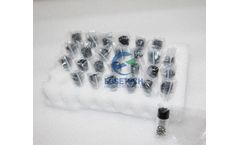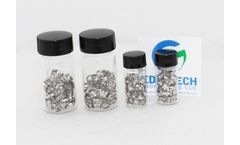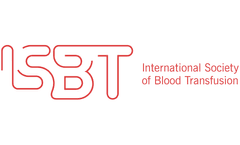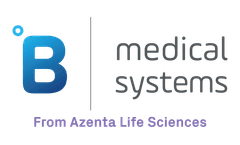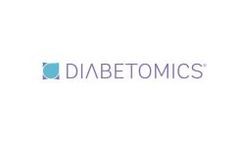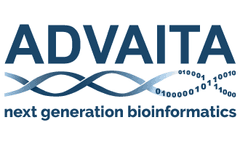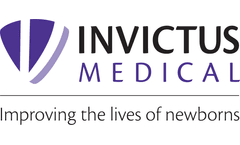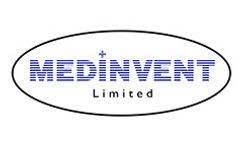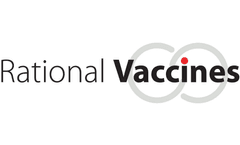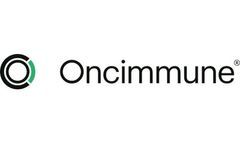Refine by
Neonatal Articles & Analysis
31 articles found
Through its innovative application of this modern technology, Platinum Iridium Marker Bands not only serve as precision instruments that help physicians identify at-risk patients faster than traditional methods allow, but also vastly supplement documentation processes while streamlining treatment protocols in areas such as surgery, cardiac care wards, neonatal units and more. ...
Human dermal fibroblasts-neonate (HDF-n) are specialized cells derived from the dermis layer of neonatal human skin. ...
The researchers identified 10 neural stem/progenitor cell types and characterized the behavior of these cells by transplanting them directly into the brains of neonatal immunodeficient mice. After 6 months, these cells migrated and colonized extensively throughout the brain and differentiated into all three major neural cell lineages. ...
However, as biological macromolecular drugs, recombinant protein drugs also have issues such as short half-life, easy degradation, low bioavailability, and low concentration at disease sites.FcRn (Neonatal Fc Receptor) is a cell surface receptor molecule that binds to IgG and albumin in an acid-base dependent way, maintaining the concentration of IgG and albumin in the plasma and ...
Through its innovative application of this modern technology, Platinum Iridium Marker Bands not only serve as precision instruments that help physicians identify at-risk patients faster than traditional methods allow, but also vastly supplement documentation processes while streamlining treatment protocols in areas such as surgery, cardiac care wards, neonatal units and more. ...
Anti-G reactivity in red cell antibody detection and identification studies mimics the presence of both anti-D and anti-C. This can complicate decision making in pregnant patients. It is important to determine if anti-D is present for guiding Rh immune globulin prophylaxis. ...
Public awareness campaigns and community engagement are crucial in encouraging blood donation, highlighting its significance in saving lives, particularly in maternal and neonatal care. It is also for this reason that we at B Medical Systems regularly advocate for everyone to donate blood when possible. ...
The accurate and timely diagnosis of preeclampsia is critical in management of affected pregnancies to reduce maternal and fetal/neonatal morbidity and mortality, yet difficulties remain in establishing the rigorous diagnosis of preeclampsia based on clinical parameters alone. ...
In addition, the mAb's effector function and binding to Fcγ receptor (FcgR) and neonatal Fc receptor (FcRn) should also be characterized, and the impact of mAb intermediates on target cell signal transduction should be evaluated.Currently, most ADC products use lgG1 or lgG4 antibodies. ...
The researchers identified 10 neural stem/progenitor cell types and characterized the behavior of these cells by transplanting them directly into the brains of neonatal immunodeficient mice. After 6 months, these cells migrated and colonized extensively throughout the brain and differentiated into all three major neural cell lineages. ...
AdvaitaBio’s IPathwayGuide plays significant role in the research of a Stanford investigator. Stanford University is one of the world’s leading research and teaching institutions. With a 1.69 billion dollar annual sponsored research budget, Stanford has been delivering breakthrough discoveries in numerous domains. For over 6 years, Dr. Linda Yip has been conducting research at ...
Abstract Objective Noise in the neonatal intensive care unit can be detrimental to the health of the hospitalized infant. ...
High-frequency oscillatory ventilation (HFOV) is a frontline therapy for neonatal RDS, however there has been conflicting evidence regarding improvement in outcome. ...
Delivery can be technically challenging and associated with increased maternal and neonatal morbidity. The objectives of this study were to evaluate local caesarean section rate at full dilatation, assess the indications, review the maternal and neonatal morbidity and identify any training ...
Objective: To reduce exposure to hyperoxia and its associated morbidities in preterm neonates. Study design: A multidisciplinary group was established to evaluate oxygen exposure in our neonatal intensive care unit. ...
Background Several pioneering studies have provided evidence for the introduction of universal pulse oximetry screening for critical congenital heart disease. I lowever, whether the benefits of screening reported in studies from high-income countries would translate with similar success to low-income countries is unknown. We assessed the feasibility and reliability of pulse oximetry plus clinical ...
Pediatric Short Bowel Syndrome (also called SBS or Short Gut Syndrome) generally develops shortly after birth due to an underlying gastrointestinal (GI) condition. The condition then can lead to intestinal surgery, in which part of the short bowel is removed. SBS is a devastating condition where patients struggle to absorb life-sustaining nutrients from their diet due to the surgical removal of ...
Since then, there has been a decrease in cases of many different vaccine-preventable diseases: since 2003 there have not been any deaths caused by measles, in 2011 Ghana was certified to have eliminated maternal and neonatal tetanus, and the cases of poliomyelitis have dropped as well. ...
Herpes is a life-altering disease that can lead to chronic pain, blindness, and death, particularly in neonatal and pediatric populations – and a major regulator is finally paying attention and developing a vaccine for herpes. ...
SLE accounts for around 70% of all cases of lupus, other forms being cutaneous lupus, drug-induced lupus and neonatal lupus. In around 50% of people living with SLE, a major organ or tissue, such as heart, lungs, kidneys or brain, will be affected. ...

